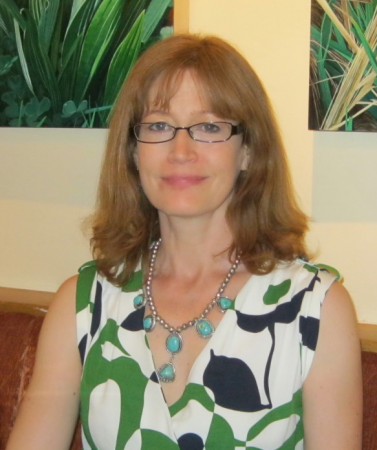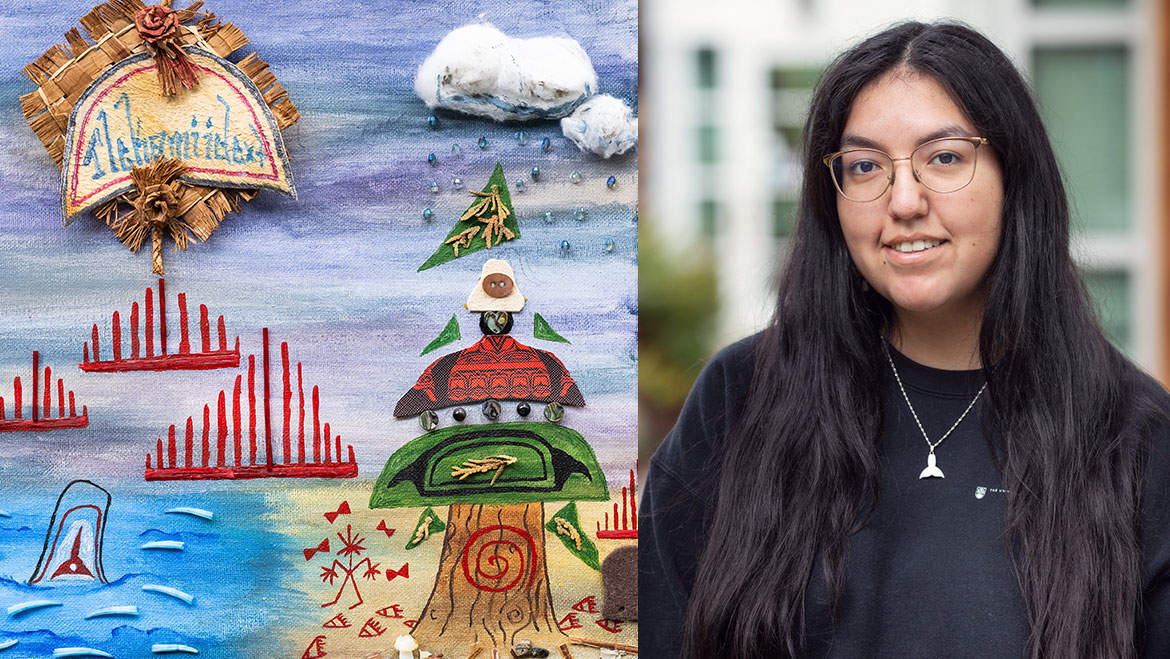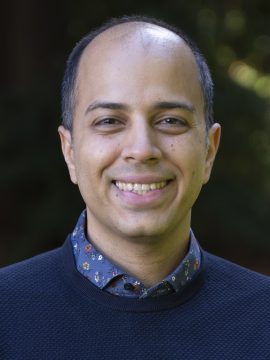Dr. Millie Creighton has been invited to speak at the upcoming Japan Past & Present series of events hosted by UCLA and USC. In particular she will be part of a symposium on “Teaching Tea” and presenting on initiating and teaching the Anth 435 class in the Department of Anthropology, on “The Japanese Tea Ceremony” as the first university credit course on chanoyu (Japanese tea ceremony) in Canada. More details to follow as they become available.
Dr. Creighton will also be giving a lecture presentation a little closer to home on March 7, 2024 at 12:45pm (Choi 120), for the Centre for Japanese Research (CJR) at UBC.

Abstract
Seto Inland Sea Islands International Triennale Art Festival as Global Tourism for Local Community Revitalization
Tourism is highlighted in Japan for community revival and sustaining outlying areas. Japan is an archipelagic country comprised entirely of islands. However, there are islands and there are islands, with Japan’s four ‘main islands’ considered more central than its thousands of other islands. These ‘other’ islands once held vibrant communities of smaller cities, towns, and villages.
With exodus into urban centers, they were depopulated. One major international touristic art festival occurring every three years, involves Japan’s Seto Inland Sea islands. Renowned Japanese architects designed world famous museums on these islands, and international art installations are featured. One question is whether incoming global flows of people really constitutes community survival.
However, locals attempt to redefine their identities rather than simply being caught in globalizing processes. For tourists, island hopping allows them to navigate the Seto Inland Sea islands via diverse travel mobilities. Among the Seto Inland Sea islands is Oshima which for nearly a century was used for exiling Hansen’s Disease (aka ‘Leprosy’) patients. This island reveals historic trauma and human rights abuses when Hansen’s Disease patients were feared and mistreated (which happened not only in Japan but elsewhere). Japan renounced this legal exile towards the 20th century’s end. (A small community of Hansen’s Disease patients still resides there by choice).
The timing coincides with recognitions of Indigenous Ainu and other minority groups in Japan, in a country previously proclaiming homogeneity. Many festival art works also deal with human environmental destruction. Art Seto, as a continuing all-year project deals with environmental concerns just as art installations during the festival periods bring together a human history of throwing away, often by dumping into oceans, seas, or other waterways, unwanted material objects and pollutants creating environmental degradation, mirroring a human tendency of using islands to ‘throw away’ unwanted people.


